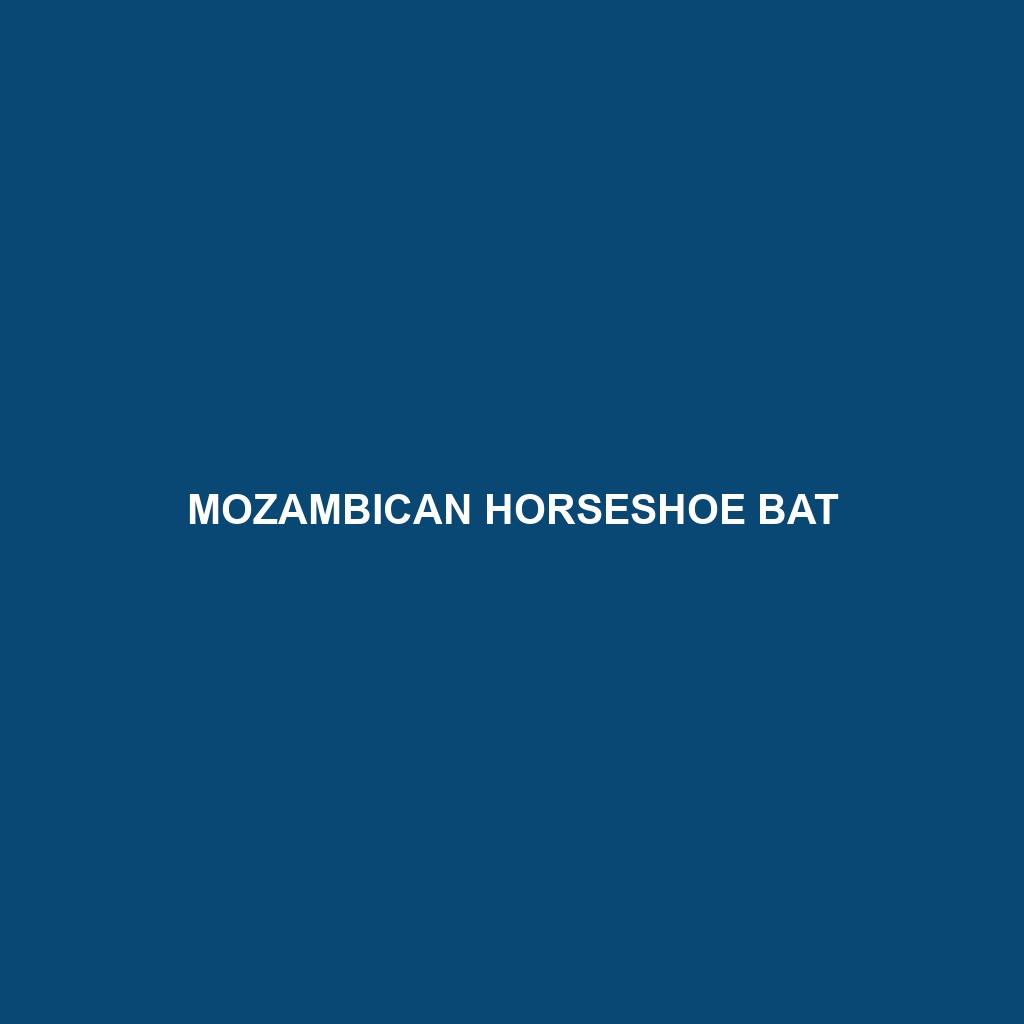Malaysian Woolly Horseshoe Bat ()
Habitat:
The Malaysian Woolly Horseshoe Bat is primarily found in the humid tropical forests of Southeast Asia. Its range includes parts of Malaysia, Indonesia, and Brunei, where it prefers to roost in limestone caves and dense foliage, thriving in warm, moist environments that support its ecological needs.
Physical Characteristics:
This bat species is characterized by its medium size, with a wingspan measuring approximately 30 to 32 centimeters. The Malaysian Woolly Horseshoe Bat exhibits a distinctive woolly fur, typically brown to dark gray in color, and features the unique horseshoe-shaped nose leaf, which is pivotal for echolocation. Its rounded ears and small eyes are adapted for a nocturnal lifestyle, providing it with excellent hearing capabilities.
Behavior:
Known for its social nature, the Malaysian Woolly Horseshoe Bat often roosts in large colonies. During the night, it engages in foraging behaviors, typically emerging just after dusk to hunt its prey. This bat is also seen practicing agility in flight, which allows it to navigate through dense vegetation and catch insects mid-air. Its vocalizations play an essential role in communication within the colony.
Diet:
The diet of the Malaysian Woolly Horseshoe Bat primarily consists of moths, beetles, and other nocturnal insects. Utilizing echolocation, the bat can detect and capture its prey in complete darkness, making it an efficient nocturnal predator. Its feeding habits contribute to natural pest control in its habitat, showcasing the bat’s crucial role in maintaining the ecosystem balance.
Reproduction:
The Malaysian Woolly Horseshoe Bat breeds seasonally, with mating typically occurring during the late wet season. Females give birth to a single pup after a gestation period of about four to five months. Maternal care is strong, with mothers nursing and protecting their young within the roosting colony until they are old enough to join in nightly foraging excursions.
Conservation Status:
As of the latest assessments, the Malaysian Woolly Horseshoe Bat is classified as vulnerable due to habitat destruction and human encroachment. Conservation efforts are crucial to safeguard this species and its natural habitats from deforestation and urban development.
Interesting Facts:
The Malaysian Woolly Horseshoe Bat is not only an ecological marvel but also affects local folklore, often viewed as a symbol of good luck by local communities. Additionally, its unique echolocation abilities and social structure make it a subject of interest for researchers studying bat behavior and ecology.
Role in Ecosystem:
This bat species plays a vital role in its ecosystem by participating in pollination and seed dispersal in its natural habitat. By controlling insect populations, the Malaysian Woolly Horseshoe Bat contributes significantly to maintaining the ecological balance, demonstrating the interconnectedness of species within tropical ecosystems.
